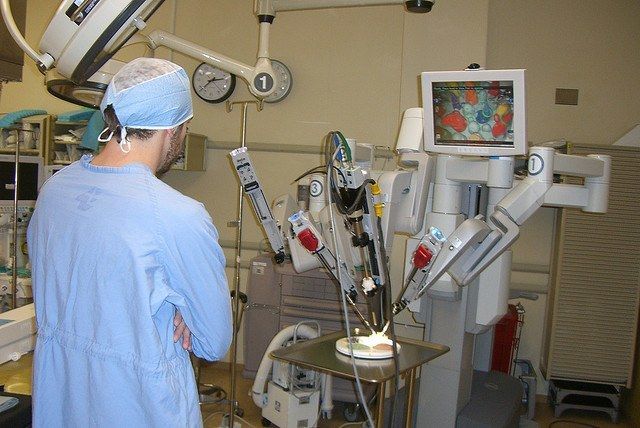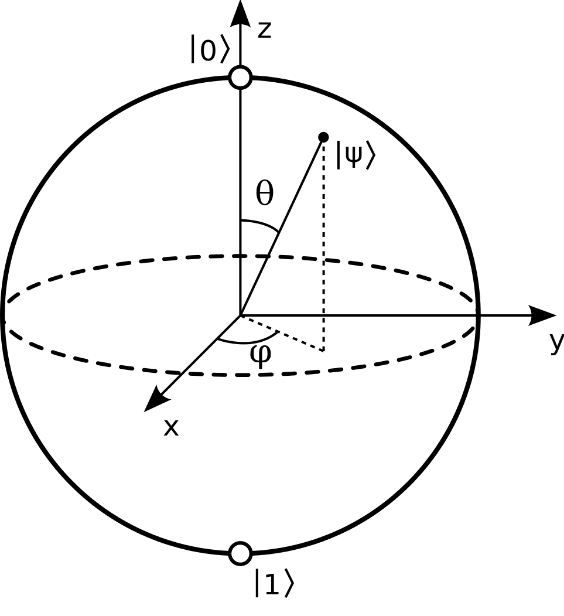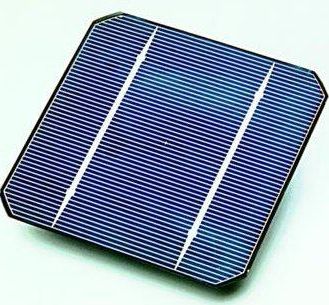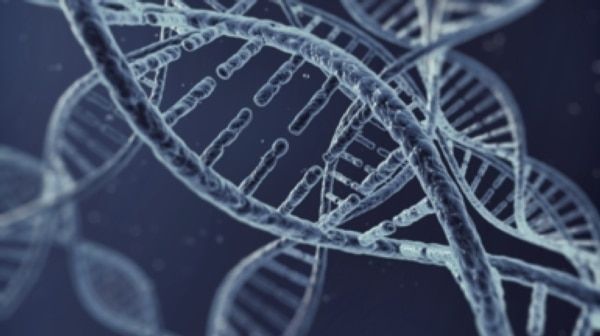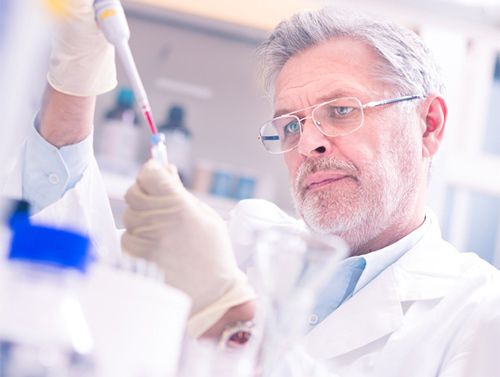Jun 15, 2016
Chinese company prints villa on-site
Posted by Karen Hurst in categories: 3D printing, 4D printing, habitats
Amazing; imagine when 4D printing produces building materials that self assemble themselves and with 5D printing the building can monitor the building and repairs itself someday in the future.
Hushang Tengda has 3D printed a 400 square meter luxury villa, on site, in just 45 days.
Construction is a huge deal in the 3D printing world right now and the likes of WinSun have made an impact with the first 3D printed office in Dubai. It also printed a five-storey apartment building and 10 3D printed houses in just 24 hours back in China. This villa is a still a breakthrough though, because it was built on site.

